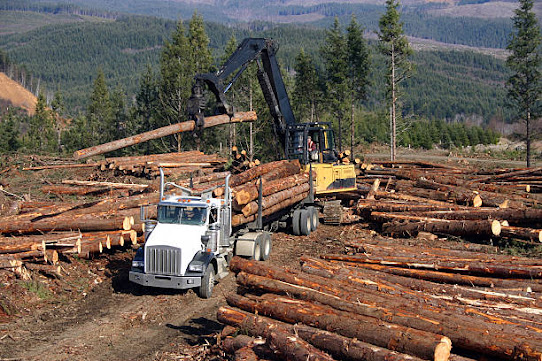Reviving Ecosystems: The Role of Lot Clearing in Wildlife Restoration
Lot clearing is often associated with creating space for construction or landscaping purposes. However, it can also play a vital role in wildlife habitat restoration. By strategically clearing and managing vegetation, property owners can contribute to preserving and enhancing local ecosystems. Wildlife habitat restoration aims to revive and enhance natural environments that have been disrupted or degraded.
With increasing urbanization and habitat loss, preserving and restoring habitats is crucial for the survival of many species. Lot clearing in New Hampshire or elsewhere can serve as a proactive approach to support these efforts by providing suitable conditions for native plants and animals to thrive. Today, we explore the role of lot clearing for wildlife habitat restoration.
Creating Diversity
A key goal of wildlife habitat restoration through lot clearing in NH or beyond is to promote biodiversity. By creating a diverse range of plant species, property owners can attract and support a variety of wildlife. Incorporating native plants that provide food sources, such as berries or nectar, encourages the presence of insects, birds, and other animals, thus contributing to a healthier and more balanced ecosystem.
Managing Water Resources
By establishing natural drainage systems, such as retention ponds or wetland areas, property owners can support aquatic species and provide essential water sources for wildlife. Proper water services help maintain the ecological integrity of the habitat and ensure its sustainability over time.
Ongoing Maintenance and Monitoring
Lot clearing for wildlife habitat restoration is not a one-time activity; it requires ongoing maintenance and monitoring. Regular inspections help identify any invasive species or changes in the habitat that may require further intervention. By actively managing the cleared area, property owners can ensure the long-term success of their wildlife habitat restoration efforts.
Furthermore, before initiating any lot-clearing activities, it is essential to assess the existing habitat and its specific requirements. Conducting a thorough evaluation of the flora and fauna present on the property helps identify areas that require intervention and those that should be preserved. Consulting with local environmental experts or wildlife biologists can provide valuable insights for effective habitat restoration.
In addition, selective clearing is a preferred method for wildlife habitat restoration, as it allows for the removal of non-native or invasive species while preserving important vegetation. It involves identifying and removing vegetation that competes with native plants or disrupts the natural ecosystem balance. Careful consideration is given to protecting trees, shrubs, and other plants that provide food and shelter for wildlife.
The Final Note
Lot clearing can serve as a powerful tool for wildlife habitat restoration, promoting biodiversity and contributing to the preservation of natural ecosystems. By adopting selective clearing techniques, creating diverse vegetation, and managing water resources, property owners can make a positive impact on local wildlife populations. When considering lot clearing in Vermont for habitat restoration, it is crucial to work with experienced professionals who understand the ecological needs of the area, like BW Timber Harvesting. They provide land use planning practices that prioritize wildlife habitat restoration. For detailed information, visit the mentioned website- Bwtimberharvesting.com.




Comments
Post a Comment